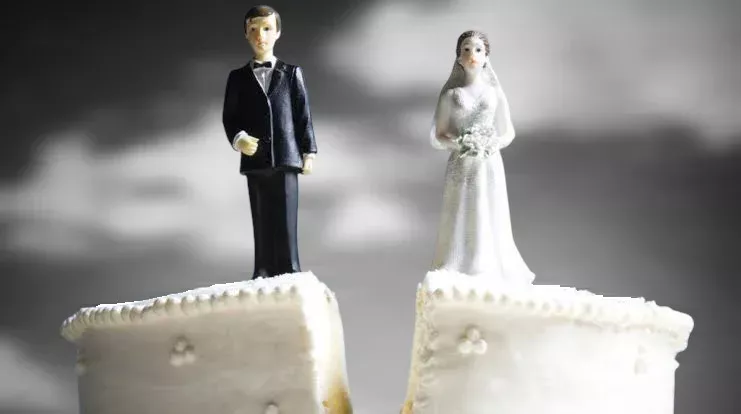A pack of stray dogs barked ferociously at cars zipping past the highway. I stopped momentarily before slowly moving ahead, struggling with the thought of whether or not I should be entering the pitch dark and narrow alley which leads to my rented house in an uptown locality of Srinagar. I wanted to be sure no one was lurking in the darkness with a knife or an axe waiting to pounce on a braid chopper or, worse still, confuse me for one.
Across the length and breadth of Kashmir, a mad frenzy has taken over the streets. Self-appointed vigilante groups are turning against their own people. One hears desperate cries — especially during the night — of “walvo yapaer ha chu (come fast, he is from this side)”, “choul ha (he is running away)” and “tch’nyoun hoonyan (let dogs make a meal of them)”.
As incidences of braid chopping mount, innocent victims are falling prey to this frenzy. From tourists to transgenders, they are beaten blue and black at the slightest hint of suspicion. As one gets bombarded with information on social media about braid-chopping incidents in Kashmir, the fear of getting caught wrongly and being subjected to brutal mob justice, was what forced me to rethink before making a move into that dark alley on a Tuesday evening.
A day ago, a journalist friend who was returning home on his motorcycle was caught by local vigilantes in search of braid choppers. Had he forgotten to take the all-important press identity card with him that day, he might have faced the wrath too. He was let go unhurt but many others who were caught in this spiral of violence are still struggling to come out of the trauma they faced at the hands of the mobs. Even a mentally challenged person was not spared!
Violence doesn’t shock the people of Kashmir. They have got used to it. However, more than a hundred incidents later, no one seems to have any clue about the culprits behind the incidents of braid chopping. The state government has gone into hibernation while a clueless and reckless public has taken law into their own hands, beating, stripping and even torturing alleged perpetrators in front of cameras, and beaming the madness live on Facebook. The videos of these innocuous persons, caught in a place where they could not explain their presence out of fear, have gone viral on social media. Their ordeal is gut-wrenching.
In Kashmir, every event has a different beginning, but a familiar ending. The end is always political. And the series of events from the last month is fast assuming a political colour. A familiar pattern of strikes, protests, arrests, and beating is unfolding in the Valley. Whether the culprit is a person, an agency or an organisation, whosoever may have orchestrated the first few braid chopping cases, has underestimated Kashmir.
Chief minister Mehbooba Mufti, according to sources, has been informed that in most of the cases, police has found that the victims did it (cut their braids) on their own. But even if that is the case, it doesn’t explain the fast-spreading fear accompanied by an alarming rise in the number of cases.
I have been to the worst of places — the encounters, the funerals, stone-throwing crowds, and have been caught in a crossfire — but never have I gone through such an ordeal of covering a distance of three hundred metres with a sense of dread in all these years of living in Srinagar as I did on Tuesday evening. That walking to your home in the evenings can be frightening was never the case.
And this fear and uncertainty don’t come in isolation. It comes from an extreme fear of being lynched by your own people, who want to desperately solve the mystery of braid-choppers and end this festering agony.
Technology can be a lifesaving medium, but it also has a great potential of inducing fear among masses. In our homes these days, womenfolk prefer to lock the doors from the inside, whichever room they use and even during daytime. Majority of them avoid thronging the markets, despite the fact most of the cases have taken place behind the four walls. There is fear on the streets, inside homes, at schools, offices and even in public transport.
As I reluctantly walk into the alley, I try to distract myself by checking Facebook. A video of two tourists who had apparently visited Kashmir to attend a wedding shows up in the news feed. Blood is dripping from one’s ear while the other with a bloodied nose, hands, and neck, does the talking, begging his perpetrators, who have mistaken the duo for braid-choppers, to let them go. Upon reaching home, I congratulate myself and customarily thank my stars. I am, though, not sure what will happen tomorrow.




